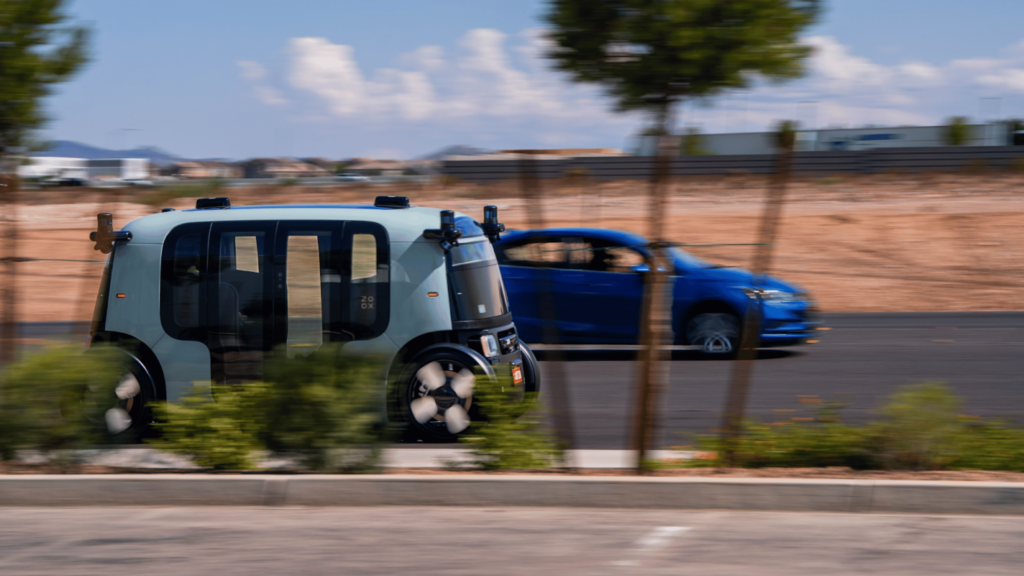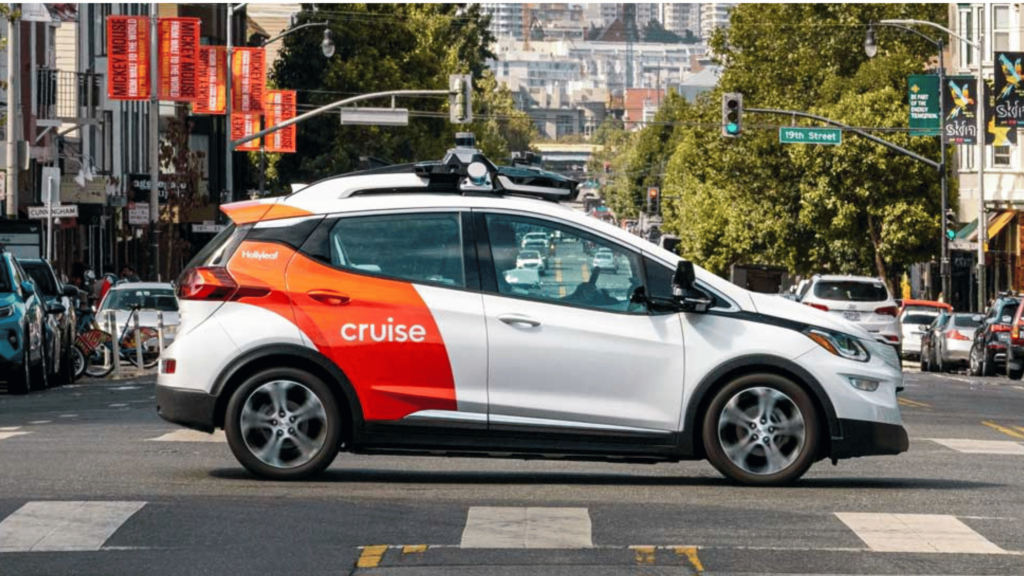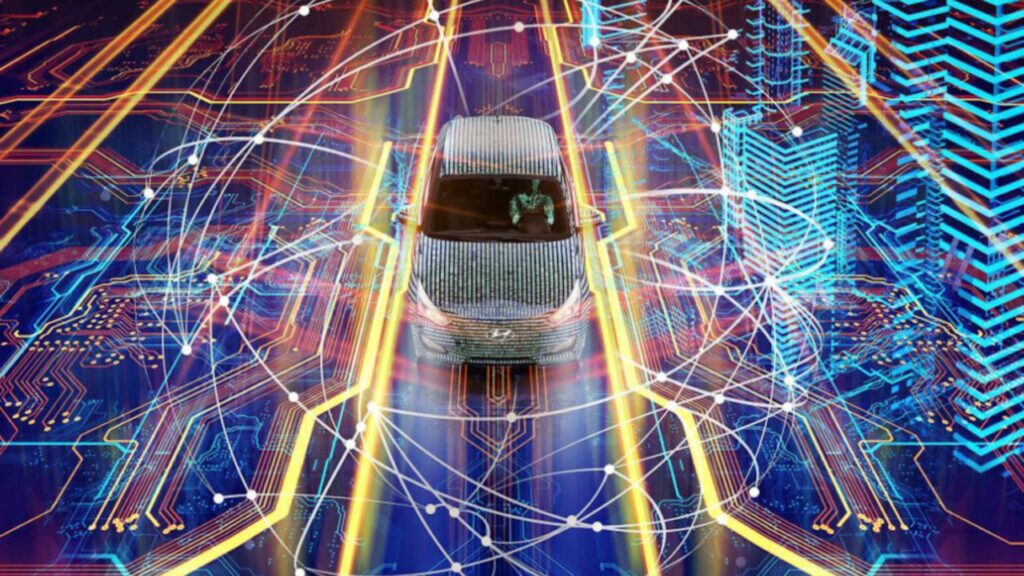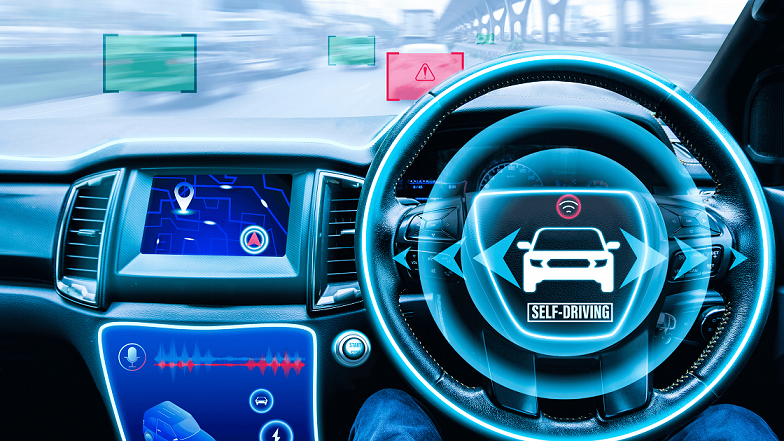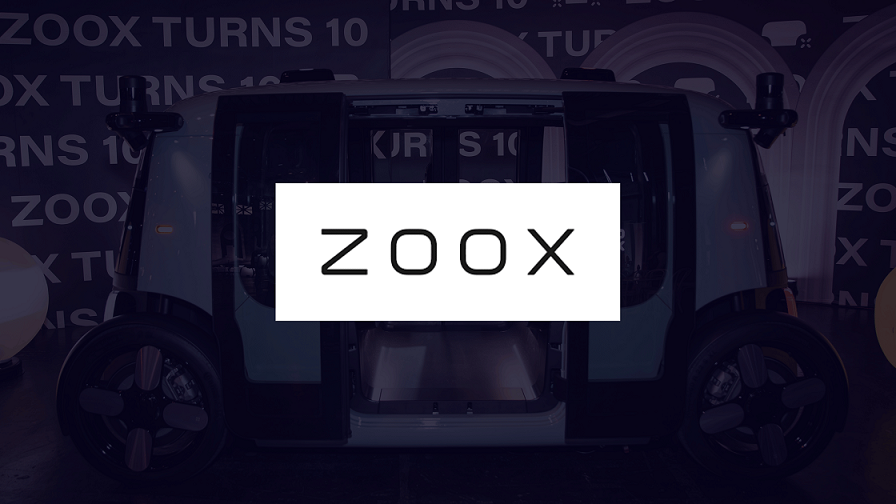The autonomous vehicle (AV) industry in the United States has reached a pivotal moment in 2025, with advancements in artificial intelligence, sensor technology, and regulatory frameworks propelling self-driving cars from experimental prototypes to real-world applications. From fully driverless robotaxis navigating urban streets to advanced driver-assistance systems (ADAS) enhancing consumer vehicles, the landscape is vibrant and competitive.
This article provides an in-depth analysis of the best self-driving cars in the US—focusing on their technological innovations, recent updates, levels of autonomy, and their transformative impact on mobility.
Understanding Levels of Autonomy
Before diving into the companies, it’s critical to understand the Society of Automotive Engineers (SAE) levels of driving automation, which range from Level 0 (no automation) to Level 5 (full automation under all conditions):
| SAE Level | Name | Description | Human Role | Examples (2025) |
| Level 0 | No Automation | No automation; the human driver performs all driving tasks (steering, acceleration, braking). | Full control and monitoring required. | Most traditional vehicles. |
| Level 1 | Driver Assistance | Basic assistance with either steering or acceleration/braking (e.g., adaptive cruise control). | Human monitors and controls most tasks. | Vehicles with adaptive cruise control or lane-keeping assist. |
| Level 2 | Partial Automation | Simultaneous control of steering and acceleration/braking, but human must monitor and intervene. | Constant supervision required. | Tesla FSD (Supervised), Cadillac Super Cruise. |
| Level 3 | Conditional Automation | Vehicle handles most driving tasks in specific conditions; human must be ready to intervene. | Human intervenes when requested. | Mercedes-Benz Drive Pilot (limited use). |
| Level 4 | High Automation | Fully autonomous within a defined operational design domain (ODD); no human intervention needed in ODD. | Human not required in ODD; may set destination. | Waymo, Zoox, Nuro, Motional robotaxis. |
| Level 5 | Full Automation | Fully autonomous in all conditions and environments; no human input required. | No human role; vehicle handles all tasks. | None (not achieved in 2025). |
1. Waymo
Waymo, a subsidiary of Alphabet Inc., has solidified its position as the leader in autonomous vehicle technology, operating the most advanced Level 4 robotaxi service in the US. Originating as Google’s self-driving car project in 2009, Waymo has amassed over 100 million autonomous miles, leveraging a robust multi-sensor approach and AI-driven decision-making.
Recent Updates (2024-2025):
- Expanded Operations: Waymo’s Waymo One robotaxi service now operates fully driverless in Phoenix, Los Angeles, San Francisco, and Austin, with over 250,000 paid rides per week as of June 2025. The company has expanded to Atlanta through a partnership with Uber and plans to enter Miami, Washington, D.C., and other cities like Boston, Las Vegas, New York City, and Philadelphia by 2026.
- Sixth-Generation Waymo Driver: In 2024, Waymo unveiled its sixth-generation autonomous driving system, featuring a cost-effective sensor suite with enhanced resolution, range, and computing power. This system improves performance in diverse weather conditions and complex urban environments.
- New Vehicle Partnerships: Waymo has transitioned from Jaguar I-Pace vehicles to agreements with Hyundai (using the Ioniq 5) and Zeekr for future fleet expansion, aiming to scale production and reduce costs. Approximately 2,000 additional Jaguar I-Pace robotaxis are planned by 2026.
- AI Advancements: Waymo’s latest research emphasizes AI scaling for real-time decision-making, improving the system’s ability to handle edge cases like erratic drivers or construction zones.
Waymo operates at Level 4, with its robotaxis navigating predefined urban areas without human drivers. The system relies on high-definition maps, LiDAR, radar, and cameras, ensuring precise localization and robust perception.
In July 2025, Waymo introduced a new feature in Metro Phoenix: teen accounts. This service allows teens aged 14-17 to travel independently with Waymo, linked to a parent’s or guardian’s account, with the aim of providing a safe transportation option and helping reduce accidents among young drivers.
Waymo’s strength lies in its mature ecosystem, combining extensive real-world testing, regulatory approvals, and a focus on user experience (e.g., in-vehicle features like music selection and lost-item alerts). Its multi-city deployments and partnerships position it as the benchmark for robotaxi services, though its high per-vehicle cost ($150,000-$200,000) remains a challenge for broader scalability.
2. Zoox
Acquired by Amazon in 2020, Zoox is pioneering a unique approach to autonomy with its bidirectional, fully electric robotaxi designed without a driver’s seat or steering wheel. Zoox focuses on urban ride-hailing, aiming to integrate its service into Amazon’s ecosystem.
Recent Updates (2024-2025):
- Public Road Testing: In 2023, Zoox achieved a historic milestone by conducting its first fully autonomous ride on public roads in California. By 2025, Zoox has expanded testing to San Francisco, Las Vegas, and Foster City, with employee-only rides in its custom vehicles. Commercial services are slated for 2026.
- Innovative Design: Zoox’s robotaxi features a symmetrical, toaster-like design with four-wheel steering and sliding doors, optimized for passenger comfort and urban maneuverability. The vehicle uses over 100 safety innovations, including redundant systems for perception and control.
- Amazon Integration: Speculation suggests Zoox may power an Amazon Prime Mobility tier, glfw4⁊, offering autonomous rides as a subscription service. This aligns with Amazon’s long-term vision for scalable mobility solutions.
- Regulatory Progress: Zoox is navigating regulatory approvals for commercial deployment, leveraging Amazon’s resources to address safety and compliance challenges.
Zoox operates at Level 4, with its vehicles designed for fully autonomous operation within geo-fenced urban areas. The system combines LiDAR, radar, and cameras with a focus on safety and redundancy.
Zoox’s purpose-built vehicle breaks away from retrofitting traditional cars, offering a glimpse into a future where vehicles are designed solely for autonomy. Its integration with Amazon’s infrastructure could enable rapid scaling, but its limited public deployments and high development costs pose risks.
In August 2025, the NHTSA granted Zoox an exemption from certain Federal Motor Vehicle Safety Standards (FMVSS), which is a first for U.S.-built autonomous vehicles under a recently expanded program. This exemption allows Zoox to operate its purpose-built, driverless vehicles—which lack traditional controls like a steering wheel or pedals—for research and demonstration purposes on public roads.
3. May Mobility
May Mobility focuses on autonomous shuttles for short-range urban transport, targeting microtransit solutions in cities and campuses. Backed by Toyota, the company emphasizes accessibility and community integration.
Recent Updates (2024-2025):
- Expanded Deployments: May Mobility operates driverless Sienna minivans in Ann Arbor, Michigan, Sun City, Arizona, and Peachtree Corners, Georgia, with paid public rides in the latter. Plans for autonomous rides in Atlanta and Dallas via a Lyft partnership are set for 2025.
- Technology Enhancements: The company’s drive-by-wire system integrates with Toyota Sienna vehicles, using LiDAR, radar, and cameras for Level 4 autonomy. Recent updates focus on improving reliability and passenger comfort, addressing past issues like air conditioning in its shuttles.
- Japanese Market Potential: Analysts predict May Mobility may pivot to Japan, leveraging Toyota’s investment and Japan’s aging population and driver shortages.
May Mobility operates at Level 4, with autonomous shuttles navigating fixed routes in controlled environments like campuses and small urban areas. Its focus on microtransit fills a niche for short-range, low-speed transport, enhancing accessibility for non-drivers.
May Mobility launched its Ride-Hail Integration API. This technology is designed to create a seamless connection between May Mobility’s autonomous fleet and ride-hailing apps, optimizing pick-up and drop-off points for riders. The company states this API will facilitate the scaling of its services globally.
May Mobility’s partnership-driven model and Toyota backing provide a stable foundation, but its limited scope may hinder competition with larger robotaxi services.
4. Motional
A joint venture between Hyundai and Aptiv, Motional develops Level 4 autonomous vehicles for ride-hailing and delivery, with a strong presence in Las Vegas.
Recent Updates (2024-2025):
- Robotaxi Operations: Motional has operated over 125,000 autonomous rides on the Lyft network in Las Vegas since 2018. In 2022, it began driverless rides for Uber passengers, with plans to expand in 2025.
- Financial Challenges: Aptiv’s decision to cease funding in 2024 has raised concerns about Motional’s future, though Hyundai’s commitment and a new CEO, Laura Major, signal continued investment.
- Technology Advancements: Motional’s Hyundai Ioniq 5-based fleet uses over 30 sensors for 360-degree visibility, with recent updates improving performance in adverse weather.
Motional operates at Level 4, with driverless operations in specific urban areas like Las Vegas.
Its all-electric IONIQ 5 robotaxi, which is manufactured at the Hyundai Motor Group Innovation Center in Singapore, has been certified under the U.S. Federal Motor Vehicle Safety Standards (FMVSS). This certification is a significant milestone, as it’s one of the first SAE Level 4 autonomous vehicles to meet federal standards.
Its integration with ride-hailing platforms like Lyft and Uber positions it as a direct competitor to Waymo. However, financial uncertainties and regulatory hurdles could slow its growth compared to better-funded rivals.
5. Tesla
Tesla’s approach to autonomy is unique, relying on a camera-only, vision-based system powered by its Full Self-Driving (FSD) software and neural networks. Unlike its competitors, Tesla focuses on consumer vehicles with semi-autonomous capabilities.
Recent Updates (2024-2025):
- FSD (Supervised): Tesla’s FSD system, now explicitly labeled as “Supervised,” remains at Level 2, requiring constant driver attention. Features include lane-keeping, adaptive cruise control, traffic light recognition, and Smart Summon.
- Robotaxi Ambitions: Tesla announced plans for a robotaxi fleet in Austin in 2025, with a reveal in October 2024. The company aims to convert existing Model 3 and Model Y vehicles into robotaxis via software updates, targeting 35,000 vehicles by 2026.
- Data Advantage: Tesla’s fleet has logged over 3 billion autonomous miles, providing vast data for machine learning improvements. However, a February 2025 Cybertruck crash in FSD mode raised safety concerns.
- Controversial Approach: Tesla’s camera-only system contrasts with competitors’ multi-sensor stacks, sparking debate about its ability to achieve Level 4 autonomy. Critics argue it may remain limited to Level 2.
Tesla’s FSD is Level 2, with ambitions for Level 4 robotaxi capabilities by 2026. CEO Elon Musk has continued to make ambitious claims, stating in July 2025 that he expects Tesla to have autonomous ride-hailing available to “probably half the population of the U.S. by the end of the year,” a goal that analysts and observers view as highly unlikely.
Currently, the Tesla Robotaxi services are operating in two main areas in the United States: Austin, Texas, and California’s Bay Area.
Tesla’s vision-based approach and massive data collection give it a cost advantage, but its lag in achieving true autonomy and reliance on human supervision draw skepticism. Its potential to retrofit existing vehicles for robotaxi use could disrupt the market if successful.
4. Nuro
Nuro’s foray into the self-driving industry began with autonomous delivery vehicles, deploying small, driverless pods for last-mile logistics in partnership with companies like Walmart, Domino’s, and Uber Eats. In September 2024, Nuro announced a pivot toward licensing its autonomous driving technology, the Nuro Driver™, to automakers and mobility providers for a broader range of applications, including robotaxis and advanced driver-assistance systems (ADAS). This pivot has been accompanied by an expansion of its driverless testing efforts, reflecting a strategic response to financial pressures, market dynamics, and technological opportunities.
Recent Updates (2024-2025):
- Level 4 Approval: In August 2023, Nuro received approval for Level 4 operations in Palo Alto, California, enabling fully driverless deliveries. Expansion to Texas and other regions continues in 2025.
- Nuro Driver Software: The latest version of Nuro’s AI-driven software enhances adaptability to diverse scenarios, prioritizing safety through redundant sensor systems (LiDAR, radar, cameras).
- Partnership Growth: Nuro’s partnerships with FedEx, Kroger, and 7-Eleven have scaled its delivery operations, with a focus on cost-effective logistics solutions.
- Scaling the Nuro Driver: Nuro announced it would license its Level 4 autonomous driving system, the Nuro Driver™, to original equipment manufacturers (OEMs) and mobility-as-a-service (MaaS) providers. This includes applications for delivery vehicles, robotaxis, and even consumer vehicles with Level 2++ and Level 3 ADAS capabilities.
- AI-First Software: The Nuro Driver™ integrates AI-first software with a sensor suite (cameras, radar, LiDAR) and is built on NVIDIA’s DRIVE and DriveOS safety architecture, leveraging the DRIVE Thor computer for high-performance computing.
Nuro operates at Level 4, with its compact, purpose-built pods navigating urban and suburban environments without human intervention. In April 2025, Nuro secured $106 million in the first close of its Series E funding round at a $6 billion valuation, backed by top-tier investors. This capital supports its testing expansion and commercial partnerships, signaling confidence in its new strategy.
Nuro’s fleet has driven over 1 million autonomous miles across California, Texas, and Arizona without major at-fault incidents, reinforcing its safety credentials as it courts licensing partners.
In a major announcement in July 2025, Nuro partnered with Lucid and Uber to launch a next-generation autonomous robotaxi program. The partnership will integrate Nuro’s Level 4 (L4) autonomous technology into Lucid Gravity vehicles to create a new fleet for Uber’s ride-hailing service. This deal validates Nuro’s new business model and marks its official entry into the robotaxi market.
One of the factors that influenced Nuro’s pivot to licensing its technology was that building and deploying custom AVs is capital-intensive, with Nuro burning through over $2 billion raised from investors like SoftBank and Tiger Global Management. The pivot to licensing reduces operational costs and extends financial runway.
Comparative Analysis and Future Outlook
| Company | Level of Autonomy | Key Strengths | Challenges |
| Waymo | Level 4 | Mature robotaxi service, extensive testing | High costs, geo-fenced operations |
| Zoox | Level 4 | Purpose-built vehicle, Amazon backing | Limited deployments, regulatory hurdles |
| May Mobility | Level 4 | Microtransit focus, Toyota partnership | Limited scope, reliability issues |
| Nuro | Level 4 | Delivery focus, partnerships | Scalability, public perception |
| Motional | Level 4 | Ride-hailing integration, Hyundai support | Funding uncertainties, competition |
| Tesla | Level 2 | Data scale, consumer focus | Camera-only approach, safety concerns |
Conclusion
In 2025, the US autonomous vehicle landscape is a dynamic blend of innovation, ambition, and caution. Waymo leads with its proven Level 4 robotaxi service, while Zoox’s futuristic vehicles and Amazon’s backing promise disruption. May Mobility and Nuro carve out niches in microtransit and delivery, respectively, and Motional bridges ride-hailing with advanced technology. Tesla, despite its Level 2 status, remains a wildcard with its data-driven approach and robotaxi aspirations. As regulatory frameworks evolve and AI advancements accelerate, the next few years will determine whether these companies can deliver on the promise of safer, more accessible mobility. The road to full autonomy is complex, but the journey is undeniably transformative.
You May Also Like:
The Tesla Diner: A Hit or Miss?
10 Best Self-Driving Electric Cars for 2025
Top 5 Autonomous Trucking Companies in the US (2025)
10 Key Facts About Tensor: U.S. AV Startup Building World’s First Personal Robocar

I’m Dr. Brandial Bright, also known as the AVangelist. As a dedicated and passionate researcher in autonomous and electric vehicles (AVs and EVs), my mission is to educate and raise awareness within the automotive industry. As the Founder and Managing Partner of Fifth Level Consulting, I promote the adoption and innovation of advanced vehicle technologies through speaking engagements, consulting, and research as we progress to level 5 fully autonomous vehicles.



